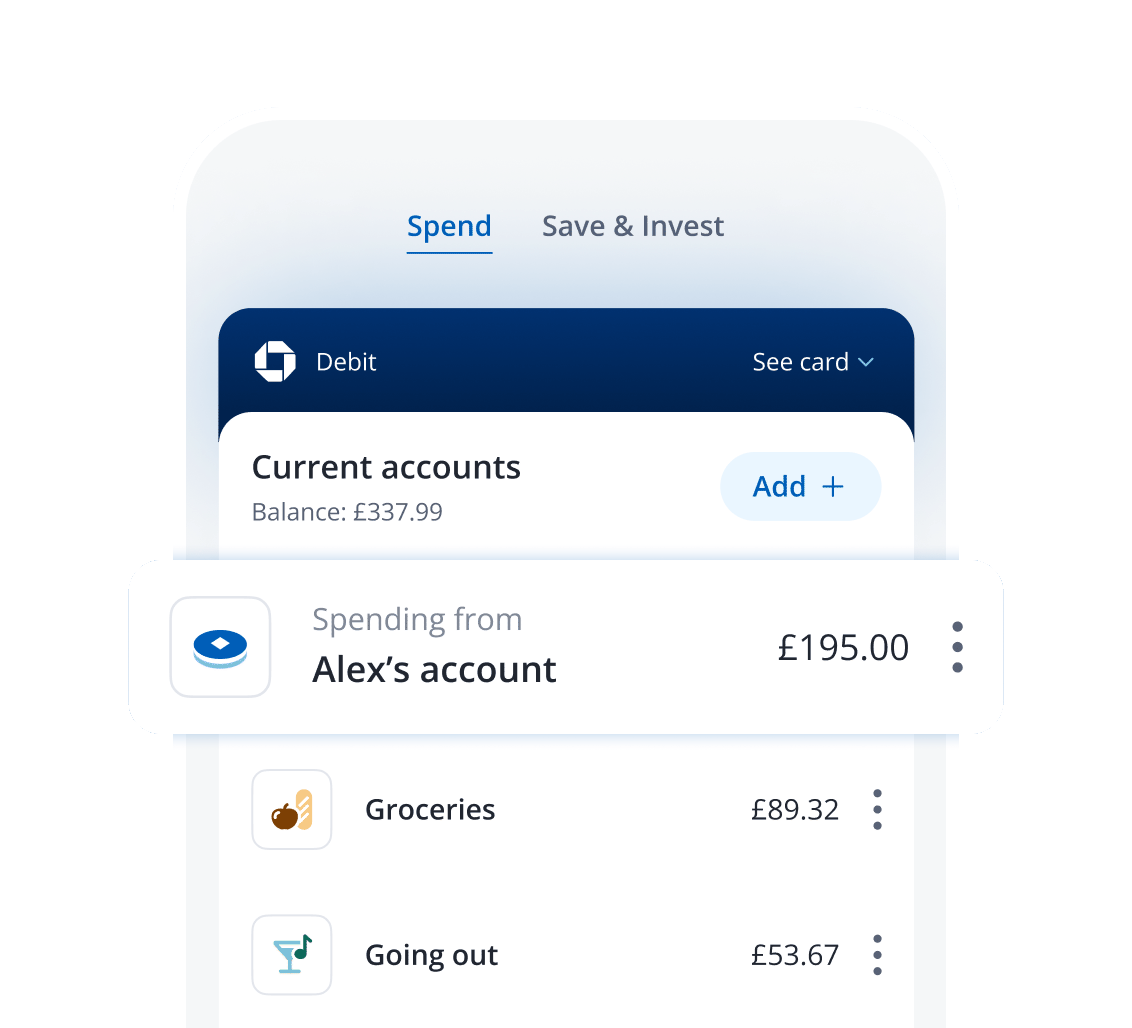money
Does your pet need a savings account?
4 mins | 09 October 2023



A pet owner looks into whether it’s more cost-effective to have a vet practice healthcare plan, pet insurance or a pet-dedicated savings account.
Owning and caring for your pet have become more expensive in the cost of living crisis.
And there are concerns that the recent consolidation in the veterinary practice industry could add to pet owners’ woes by pushing up vet fees.
Nicola and Miss Moneypenny
To say that my cat, Miss Moneypenny, is the most important thing in my life verges on understatement – I love her more than anything.
Until about five years ago, I hadn’t thought much about taking a more economical approach to her care. That was when I was handed my first vet bill that wasn’t covered by my vet’s healthcare plan.
The difference between a healthcare plan and pet insurance
A new and nervous parent, I’d enrolled in my vet’s healthcare plan for £15.50 per month, so £186 per year. I knew it probably wasn’t the best value, but I also wasn’t confident I could find a better deal on my own.
Last year, Miss Moneypenny had her first minor illness. For just a visit to the local vet surgery and an injection, the bill came to around £90. None of the bill was covered by the plan.
That’s because it was a healthcare plan – not pet insurance. I was under the impression that the two were the same and only belatedly realised that they are not. Healthcare plans cover routine vet care; pet insurance provides coverage for emergencies and more serious illnesses.
Accident coverage for cats is available for as little as £3.30 per month, depending on the age, breed and gender of your cat. It wouldn’t cover some annual costs, but it would mean monthly savings of about £12 compared with a healthcare plan – and a yearly savings of more than £140.
More premium plans can run to about £33 a month. These generally offer thousands of pounds of cover for injuries and other conditions. Though they may not seem the most economical choices to some, to me, the peace of mind is worth it.
The benefits of dedicated cat and dog bank accounts
Instead of insurance, some pet owners might want to set up dedicated pet savings accounts. This way, they can put aside the equivalent of their monthly insurance payments (and additional top-ups) for routine costs or larger expenditures.
Of course, there’s always the risk that an emergency will drain the account or cost more than the funds that are available. Owners of accident-prone pups or kitties with certain health conditions may want to opt for both insurance and a pet savings account. If their vet no longer accepts direct billing to pet insurers or if there are policy limits or exclusions, then the pet account can help to meet the difference, and owners can also use their pet accounts to pay upfront bills.
Finding the right pet funding for you
Plenty of my friends’ cats developed difficult conditions or required more extensive vet care in their advanced years. And my friends still have the maxed-out credit cards to prove it.
Some had premium pet insurance that covered feline acupuncture, while others opted to forego the monthly fees. Yet all of them eventually ended up with thousands of pounds of bills for essential treatments.
By the time Miss Moneypenny is in her teens, I could have over £1,000 saved – a considerable amount to go towards life-saving surgery and maybe a night to recover in our favourite beachfront hotel.
How to set up multiple Chase bank accounts (even for pet costs)
So, how do you open a pet-dedicated current or savings account?
Chase customers can open up to 20 current accounts and a maximum of 10 saver accounts at any one time, without any impact on your credit score. And each one will have a unique account number that you can use to transfer money from another bank.
With your pet bank account, you’ll always know exactly how much money is in the kitty – and saved for your kitty’s consultations and emergencies.
Whatever you decide to do, look after your money. Chase's easy-access saver account lets you start saving with as little as you like.
18+, UK residents. A Chase current account is required to open a saver account.
Recommended reading
- The cost of having a pet
- Is it worth taking a sabbatical?
- What to do if your credit score is affected by fraud
Disclaimer: The Hub is intended as a knowledge portal to provide information on a range of topics, including financial products and lifestyle management. These articles are not financial advice. Articles may reference products and services that Chase UK does not currently offer.


















